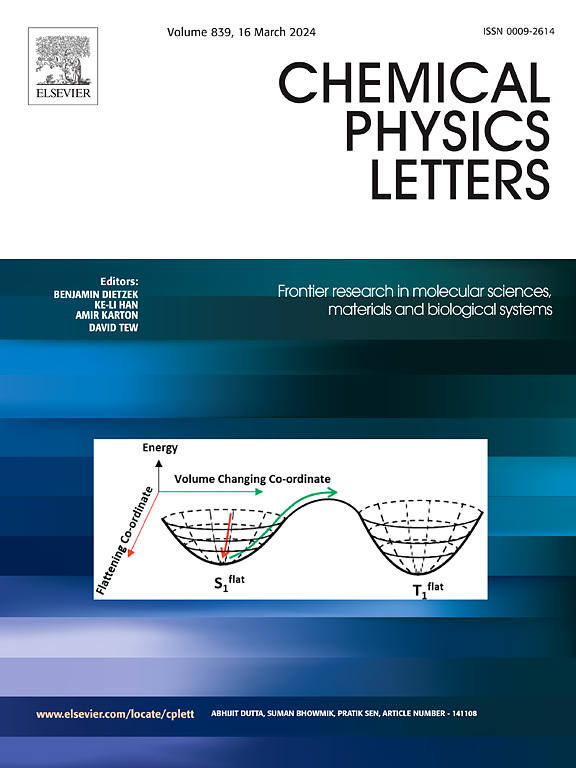Preparation of mag-LDO composite materials for the adsorption of tetracycline hydrochloride
IF 3.1
3区 化学
Q3 CHEMISTRY, PHYSICAL
引用次数: 0
Abstract
Magnetically modified nanocrystalline magnesium‑aluminum carbonate hydrotalcite (mag-LDO) was prepared with a co-precipitation method by using ferric chloride and ferrous sulfate as raw materials, and LDO prepared by high-temperature calcination of LDH as a carrier. The structure and properties were characterized by XRD, FT-IR, TEM, BET, VSM, and other modern test methods. Utilizing tetracycline hydrochloride (TCH) as the focal pollutant,the optimal conditions for removing the TCH solution by mag-LDO were analyzed, and a kinetic study was conducted to investigate the adsorption mechanism of mag-LDO on the TCH solution. The result shows that; mag-LDO is a polyphase crystal structure of hydrotalcite and ferric oxide, with a specific surface area of 191.848 m2/g, a pore volume of 0.504 cm3/g, and a pore size distribution of 2–10 nm. The adsorption process of mag-LDO on TCH is consistent with the quasi-second-order kinetic model, which can be used to simulate the adsorption process of mag-LDO on the TCH solution (R2 = 0.992). The process of TCH adsorption onto mag-LDO is characterized by heterogeneous diffusion, which is controlled by the reaction rate and the diffusion factor. At 35 °C, mag-LDO exhibits an equilibrium adsorption capacity of 400.79 mg/g for tetracycline (TC)

镁- ldo复合材料吸附盐酸四环素的制备
以氯化铁和硫酸亚铁为原料,以LDH高温煅烧制备的LDO为载体,采用共沉淀法制备了磁性改性纳米晶碳酸镁铝水滑石(mago -LDO)。采用XRD、FT-IR、TEM、BET、VSM等现代测试方法对其结构和性能进行了表征。以盐酸四环素(TCH)为重点污染物,分析了磁- ldo去除TCH溶液的最佳条件,并通过动力学研究了磁- ldo对TCH溶液的吸附机理。结果表明:;mago - ldo是水滑石和氧化铁的多相晶体结构,比表面积为191.848 m2/g,孔体积为0.504 cm3/g,孔径分布为2 ~ 10 nm。磁- ldo在TCH溶液上的吸附过程符合准二级动力学模型,可用于模拟磁- ldo在TCH溶液上的吸附过程(R2 = 0.992)。TCH在mag-LDO上的吸附过程具有非均相扩散的特征,该过程受反应速率和扩散因子的控制。在35℃时,磁- ldo对四环素(TC)的平衡吸附量为400.79 mg/g。
本文章由计算机程序翻译,如有差异,请以英文原文为准。
求助全文
约1分钟内获得全文
求助全文
来源期刊

Chemical Physics Letters
化学-物理:原子、分子和化学物理
CiteScore
5.70
自引率
3.60%
发文量
798
审稿时长
33 days
期刊介绍:
Chemical Physics Letters has an open access mirror journal, Chemical Physics Letters: X, sharing the same aims and scope, editorial team, submission system and rigorous peer review.
Chemical Physics Letters publishes brief reports on molecules, interfaces, condensed phases, nanomaterials and nanostructures, polymers, biomolecular systems, and energy conversion and storage.
Criteria for publication are quality, urgency and impact. Further, experimental results reported in the journal have direct relevance for theory, and theoretical developments or non-routine computations relate directly to experiment. Manuscripts must satisfy these criteria and should not be minor extensions of previous work.
 求助内容:
求助内容: 应助结果提醒方式:
应助结果提醒方式:


